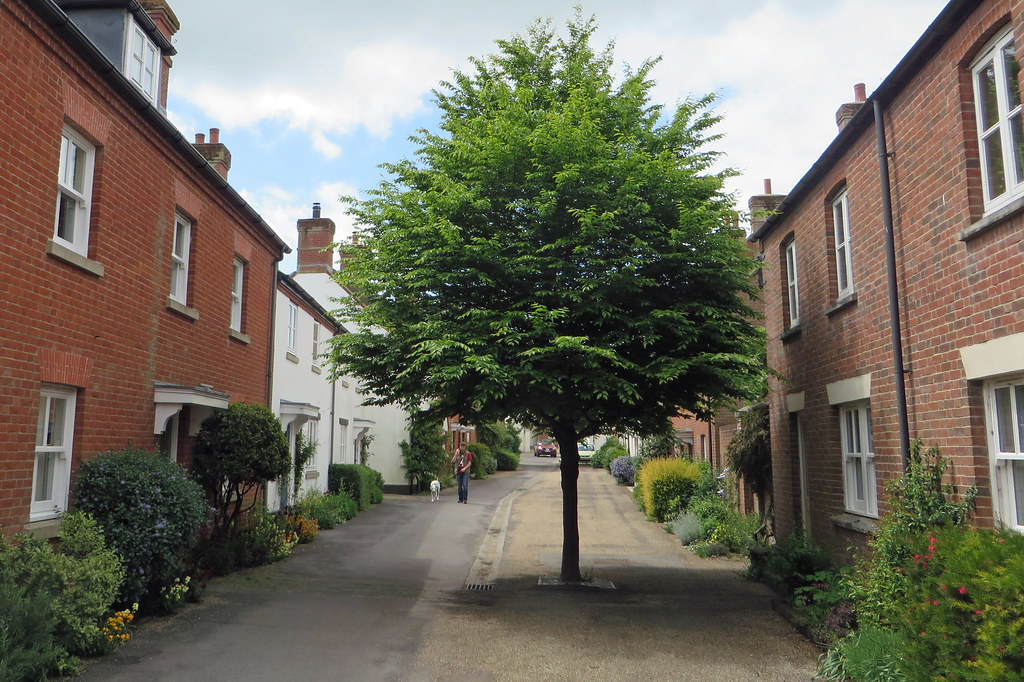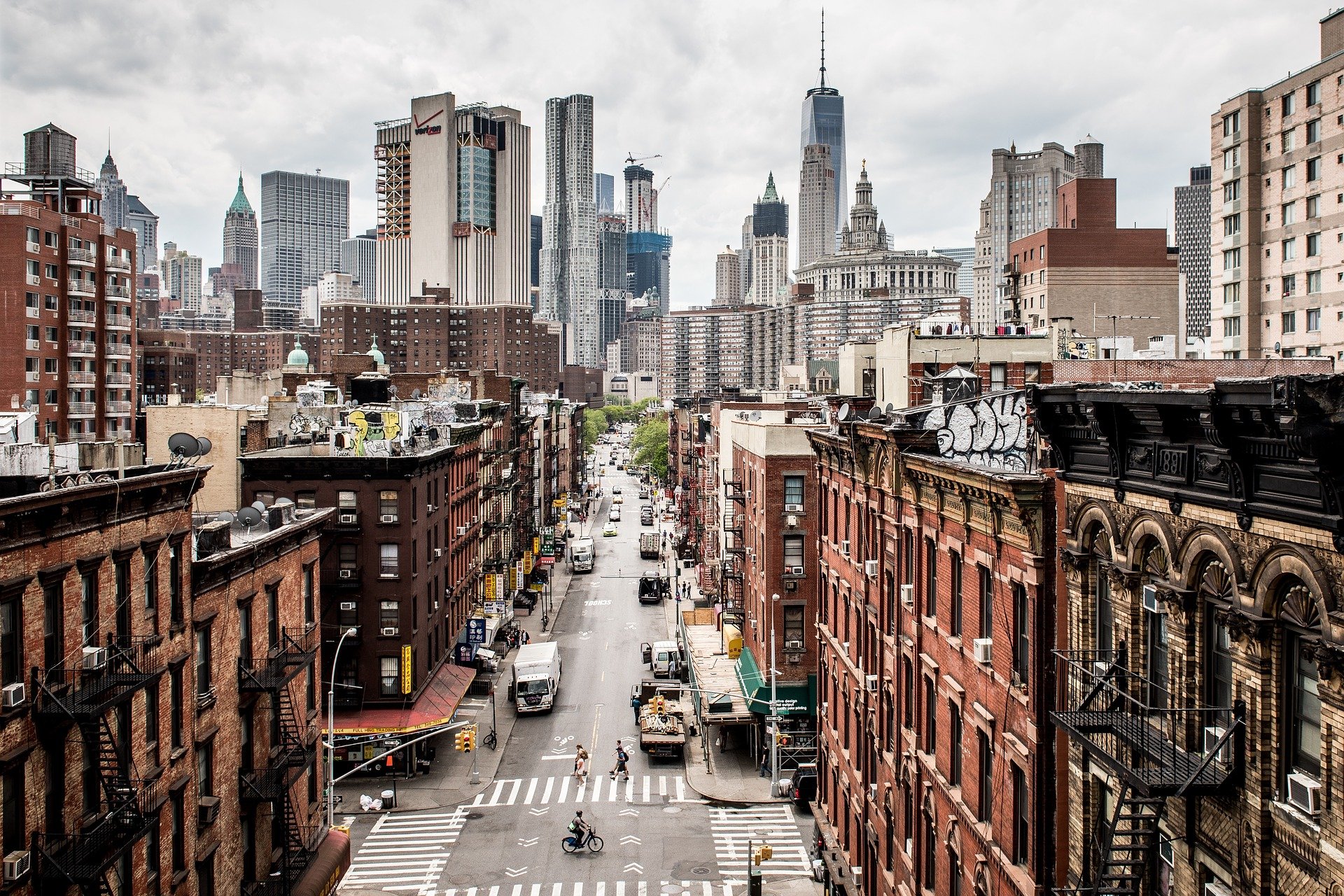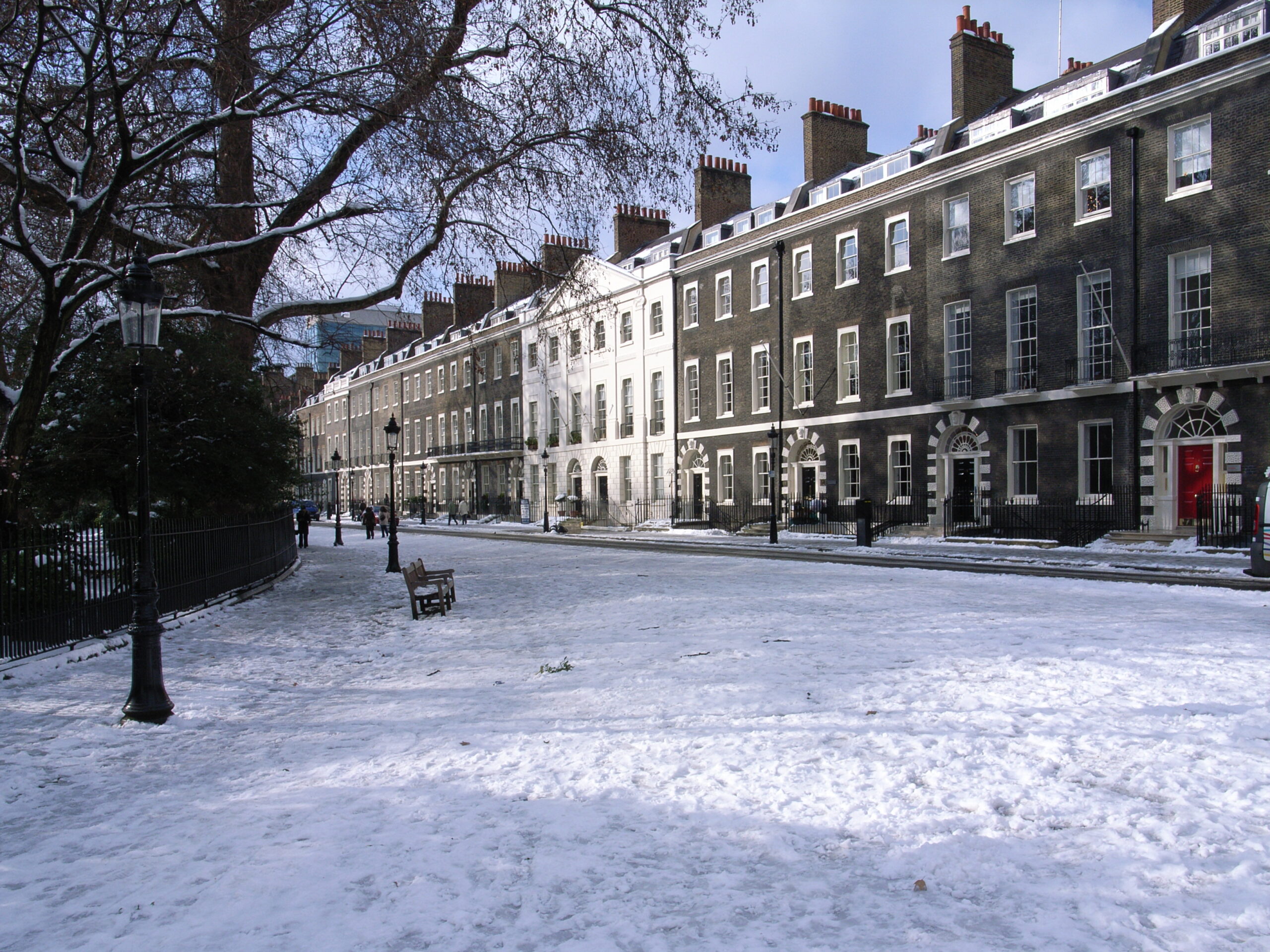Physical Address
304 North Cardinal St.
Dorchester Center, MA 02124
Physical Address
304 North Cardinal St.
Dorchester Center, MA 02124

A few weeks ago the Times reported that Lloyds Banking Group had purchased 45 new homes to let in Peterborough. This is part of a plan for Lloyds to own 50,000 homes by 2031. Given the median home in the City is now worth over 7 times the annual earnings of the typical resident, it is understandable why people would be upset. Indeed, why should a huge corporation be able to buy up all the properties in the City, when its own residents can’t afford to buy a new home there? However, this outrage is misdirected. Lloyds buying a few thousand homes over a decade will do nothing compared to the astronomical effect that NIMBYism and our planning system has had on house prices. The reason for this lies in a piece of legislation called the Town and Country Planning Act. This law abolished the automatic right to develop regulatory compliant housing, and added an additional stage of planning permission. As a result, it became mandatory for one to require state permission to build on one’s own land. Over the years this system has morphed into an almost quasi-right to block others’ construction giving residents the ability to stop others from moving into their area. This chiefly benefits homeowners – the people who engage the most in the planning system – since new houses will slow down the speed their own home’s value increases. The effect is that almost no houses get built. For example, in London during the 2010s we built around 25,000 houses per year; in the 1930s before the Planning Act was introduced that number was 61,500. Sadly housing just behaves like any other scarce asset. When there’s a shortage the sellers have more bargaining power and consumers are forced to pay more to buy the goods. […]

Christian Hilber and Andreas Mense argue that the price to rent ratio only increases with a demand shock where supply is sufficiently constrained

A major barrier to the market urbanist’s ability to make the case for building more housing is the question of aesthetics. When you refer to density in cities, it’s easy to picture large brutalist towers and the slum-like conditions that can be seen in much of the developing world. Of course, this isn’t what we advocate, but it is a problem we have to repeatedly address. Homeowners, whether we like it or not, are a powerful voter group and they want to live in areas that look nice. Fortunately, the British Government has found the golden mean of housing plans by accepting the results of the Building Better, Building Beautifully Commission.. The key takeaway of this report is street-voting. This represents an excellent middle ground between the seemingly opposite need for housing to be popular, and the need for housing to be plentiful. The current system used in England fails to provide a fair way of measuring public views on plans. This works by assessing the views of nearby residents through a consultation. This allows any resident to attend, or write in, laying out their views on the plan. It may sound democratic, but local consultations are notoriously unrepresentative of a community. Those who take part are overwhelmingly middle-class, property-owning white people who stand to benefit from a housing shortage. Rather than taking into account the views of the local area, this method merely measures the views of those who would be economically burdened by addressing the crisis. The city as a commons What we’re left with is what social scientists would call the tragedy of the commons. This is where you have a common-pool resource where individual use of that resource depletes the stock for other parties. Cities can also be understood to be “the commons” in that they […]